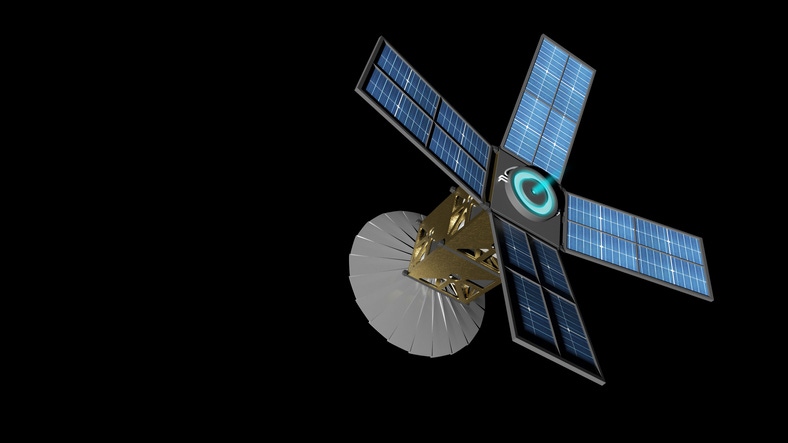ST Engineering Invests in IoT Satellite Company
The Singapore hardware giant made a strategic investment to add IoT satellite terminals from hiSky to its portfolio
December 20, 2021

ST Engineering has backed a $30 million series A investment for IoT satellite terminal company hiSky.
The round also includes contributions from Tawazun Holding, United Arab Emirates’ Strategic Development Fund investment arm, as well as unnamed investors that backed hiSky previously.
The Israeli satellite IoT company supplies satellite connectivity, terminals and software for enterprise IoT. The terminals pick up internet access from commercial spacecraft and beam them to IoT endpoints.
HiSky’s service also includes network management software that provides the capability to monitor each satellite terminal and filter out specific elements as well as grouping units by their device model or firmware version.
With the new funding, hiSky aims to accelerate research and development while adding to its engine fleet and building up its outreach with key industry buyers.
ST Engineering, which sells communications and IoT sensor products through its electronics division, is picking up the distribution rights to the terminals. It’s set to market them through its direct-to-business satellite communications arm: ST Engineering iDirect.
“Enabling our customers’ growth with an effective IoT solution is key to our strategy,” said Low Ka Hoe, president of satellite communications at ST Engineering. “This investment allows us to jointly offer hiSky’s innovative and robust IoT satellite terminals with ST Engineering iDirect’s extensive hub and network management solutions, providing our customers a validated, future-oriented IoT solution that leverages their existing infrastructure.”
IoT systems are a key draw for satellite fleet operators. From solar stations in Morocco’s barren deserts to military stations nestled away from enemy lines and connected vehicles on route 66, there’s no guarantee that the modern IoT enterprise will find traditional internet access stable enough.
By 2025, the number of satellite IoT subscribers is set to reach 15.7 million on the back of 35.8% compound annual growth, up from 3.4 million last year, according to Berg Insights.
Meanwhile, the nature of the IoT satellite market is evolving. Operators launching low Earth orbit spacecraft with higher speeds than before need enterprise buyers to stack up costs and complement demand at the consumer end of the market.
About the Author(s)
You May Also Like
.png?width=700&auto=webp&quality=80&disable=upscale)


.png?width=300&auto=webp&quality=80&disable=upscale)
.png?width=300&auto=webp&quality=80&disable=upscale)
.png?width=300&auto=webp&quality=80&disable=upscale)
